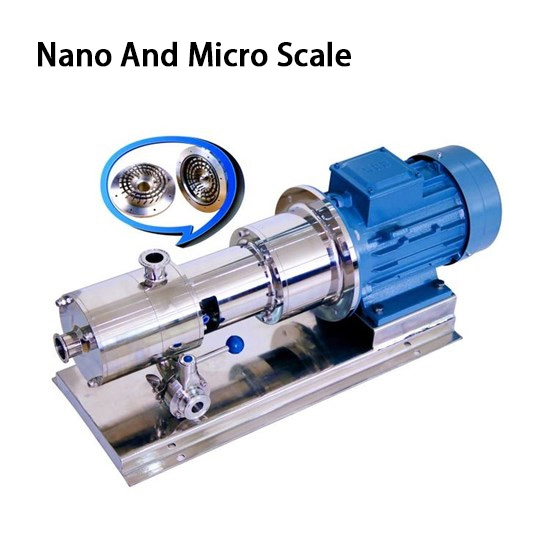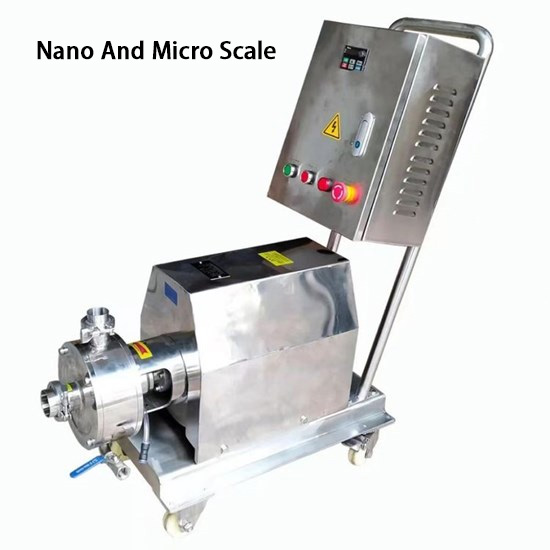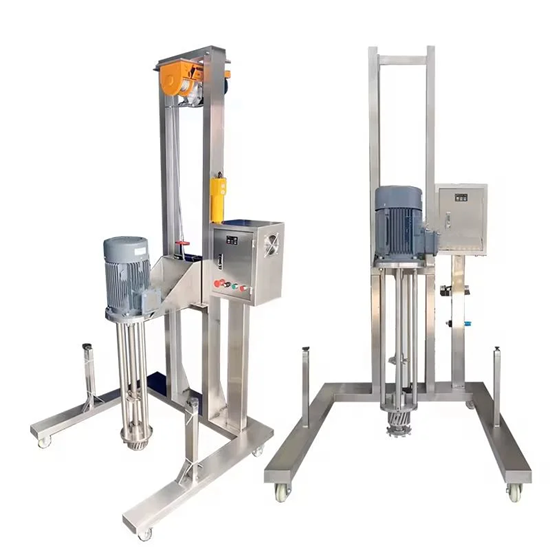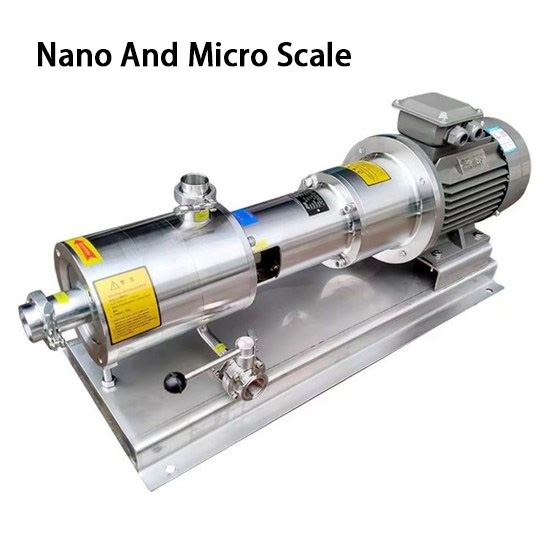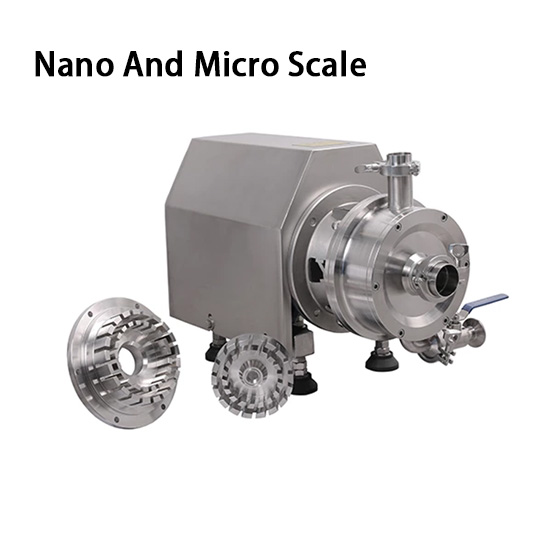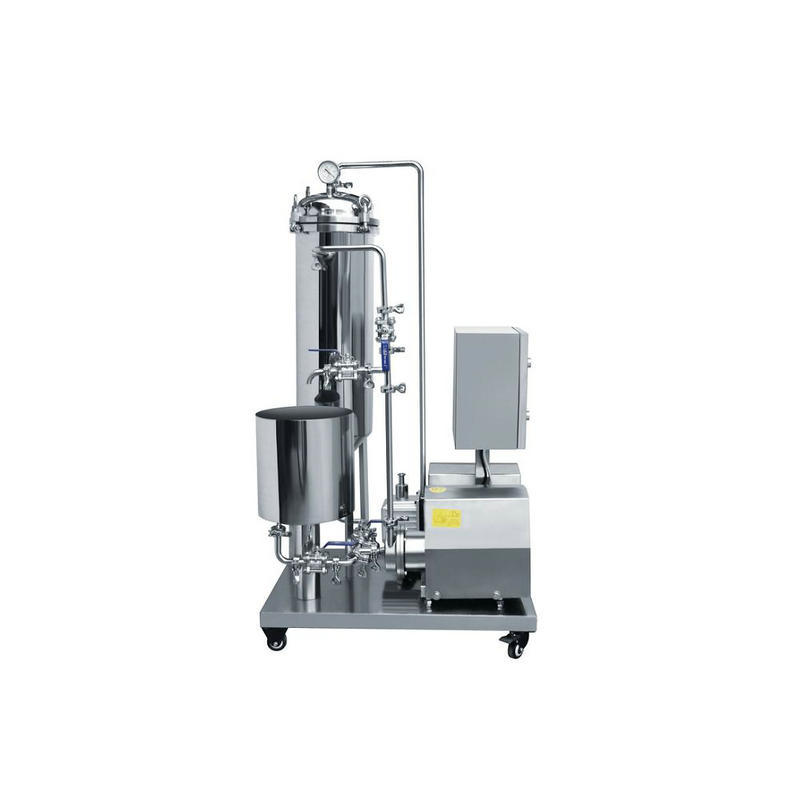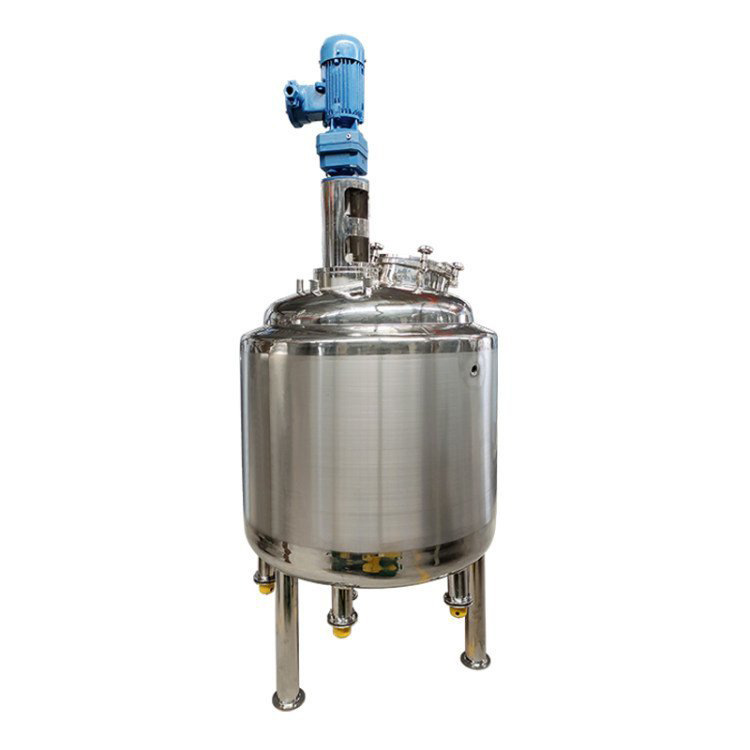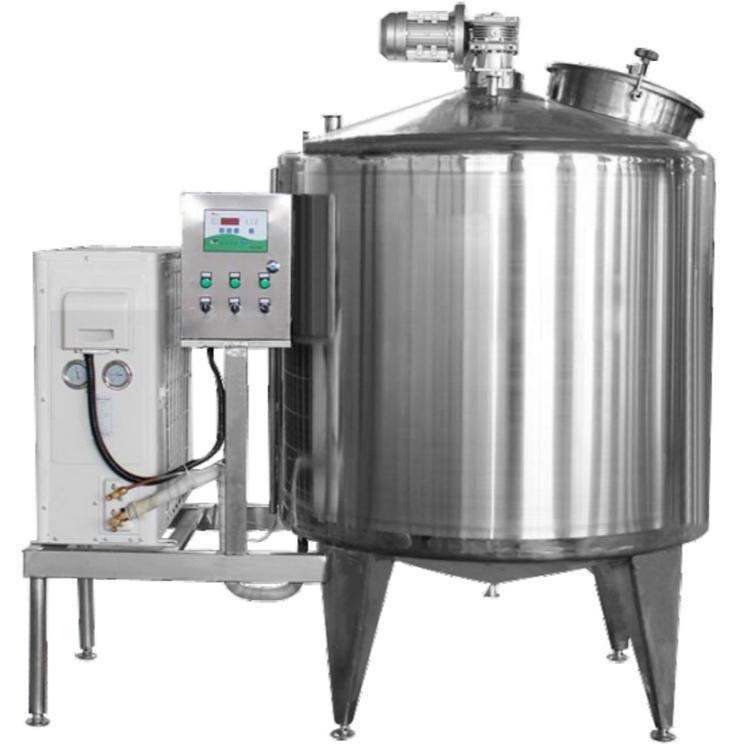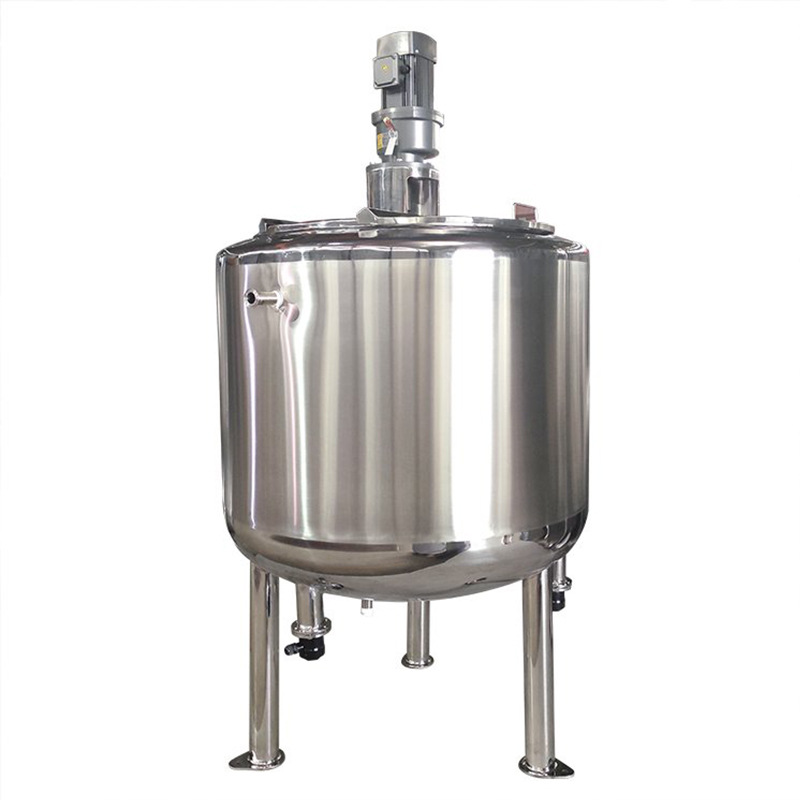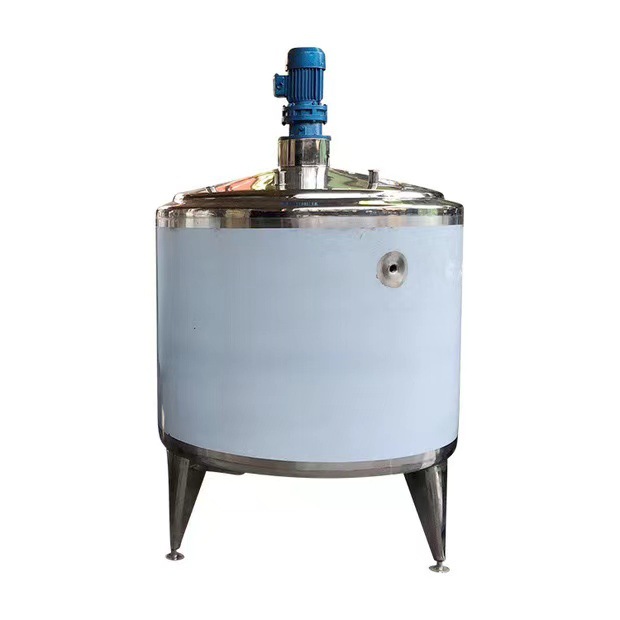How To Solve The Problem Of Residual Flavor In The Emulsifier?
In the food processing industry, Emulsification Pump is one of the key equipment, and its cleaning and maintenance are directly related to the quality and safety of the product.
When there is residual flavor in the emulsifier, it may not only affect the flavor of subsequent products, but also cause food safety problems.
Therefore, it is crucial for food production companies to master a set of effective cleaning methods to eliminate the flavor.
The following will introduce several practical cleaning strategies in detail to help solve the problem of residual flavor in the emulsifier.
### 1. Preliminary investigation and preparation
First, the emulsifier needs to be fully inspected to confirm the source of the flavor. This may be due to the fact that the flavor is not completely discharged during the processing, or the emulsifier is not well sealed, resulting in external odor infiltration.
After confirming the problem, prepare the necessary cleaning tools and materials, including but not limited to: special cleaning agents, soft sponges or cloths, rubber gloves, protective glasses, ventilation equipment, etc.
At the same time, make sure that the emulsifier is powered off and cooled to a safe temperature.
The water-oil pot material is vacuumed and sucked into the main emulsification pot
### 2. Physical cleaning method
1. **Hot water flushing**: Use high-temperature hot water (note that it does not exceed the temperature that the emulsification pot material can withstand) to preliminarily flush the emulsification pot, which helps soften and remove some residues.
This step can be repeated many times until the water flowing out becomes relatively clear.
2. **Mechanical scrubbing**: For stubborn fragrance residues, you can use a soft brush or a special cleaning brush to scrub. Pay attention to the moderate force to avoid scratching the inner wall of the emulsification pot.
When scrubbing, focus on cleaning the stirring paddle, the area around the heating element and the dead corner area.
3. **Steam cleaning**: If conditions permit, use a steam cleaner to steam clean the emulsification pot.
The high temperature and high pressure of steam can effectively decompose and remove fragrance residues, and it also has a certain bactericidal effect.
### III. Chemical cleaning method
1. **Choose a suitable cleaning agent**: Choose a suitable food-grade cleaning agent according to the material of the emulsifying pot (such as stainless steel, enamel, etc.) and the characteristics of the flavor.
Avoid using cleaning agents containing corrosive ingredients to avoid damaging the equipment.
2. **Immersion cleaning**: Pour an appropriate amount of cleaning agent into the emulsifying pot, add an appropriate amount of water to dilute, and ensure that the solution covers the entire inner wall. Set a suitable soaking time according to the instructions for use of the cleaning agent.
During the soaking process, stir appropriately to promote the reaction between the cleaning agent and the residue.
3. **Rinsing and neutralization**: After the soaking is completed, rinse the emulsifying pot thoroughly with a large amount of clean water until there is no cleaning agent residue.
For some cleaning agents that need to be neutralized, neutralization treatment must be carried out according to the instructions to prevent the cleaning agent residue from affecting subsequent production.
### IV. Deep cleaning and disinfection
1. **Deep cleaning**: For particularly stubborn flavor residues, consider using an ultrasonic cleaner or a high-pressure water gun for deep cleaning.
These devices can produce strong physical effects and effectively remove hard-to-reach residues.
2. **Disinfection**: After cleaning, thoroughly disinfect the emulsifier.
You can use food-grade disinfectants and operate according to the concentration and time required by the instructions.
After disinfection, it is also necessary to rinse with clean water to ensure that there is no disinfectant residue.
### V. Daily maintenance and care
1. **Regular cleaning**: Establish a regular cleaning system to ensure that the emulsifier can be cleaned promptly and thoroughly after each use.
2. **Check the sealing**: Regularly check the seals and connections of the emulsifier to ensure that they are well sealed to prevent external odors from penetrating.
3. **Storage environment**: The emulsifier should be stored in a dry, ventilated, odor-free environment to avoid long-term exposure to moisture or high temperature conditions.
4. **Record and traceability**: Establish a complete cleaning record system to record the time, method, cleaning agent and disinfectant used for each cleaning, so as to trace and monitor the cleaning effect.
In summary, the problem of residual flavor in the emulsifier can be effectively solved by combining physical cleaning with chemical cleaning, combined with daily maintenance and care measures.
This not only helps to improve product quality and safety, but also prolongs the service life of the emulsifier and reduces the operating costs of the enterprise.
